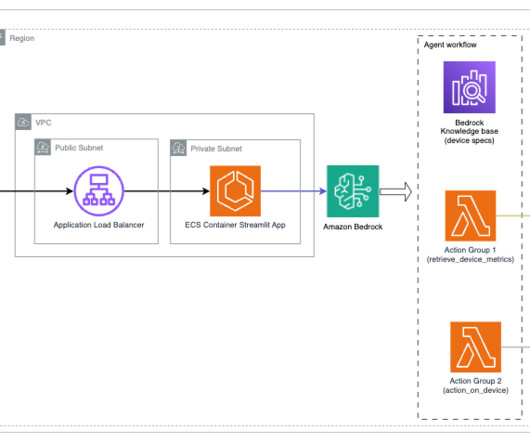AWS Microservices Architecture – Enabling Faster Application Development
RapidValue
OCTOBER 12, 2020
In an effort to avoid the pitfalls that come with monolithic applications, Microservices aim to break your architecture into loosely-coupled components (or, services) that are easier to update independently, improve, scale and manage. Key Features of Microservices Architecture. Microservices Architecture on AWS.
















Let's personalize your content